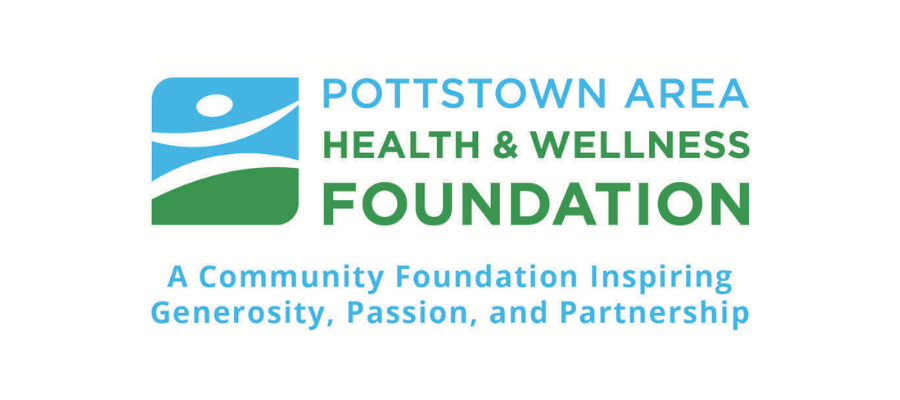Prostate Cancer Awareness
Are You at Risk for Prostate Cancer?

Guys, although you may have a strong back to carry life’s load, it takes true strength and even courage to get a tune-up with your doc. National Prostate Cancer Awareness Month reminds us that just because you don’t notice a health issue does not mean it is nonexistent. As the second most common cancer among men, approximately 268,490 prostate cancer cases have been diagnosed this year (as of September 2022).
Prostate screening is an individual decision to be made with your physician. Risks versus benefits should be considered based on your unique risk-factor level. And if you’re out of the habit of checking in with a doctor regularly, Community Health and Dental Care offers medical services, including preventive screenings, for any budget, regardless of whether or not you have insurance.
Benefits of Prostate Health Screening
Diagnosis before symptoms appear helps prevent cancer from spreading and affecting other areas of the body. If cancer is found, early diagnosis also may allow more treatment options. However, low-risk individuals may forgo routine screening to avoid false-positive results, along with unnecessary follow-ups and treatment.
Risk Factors
As with any health condition, it’s important to know your unique risk factors. Together with your physician, you can use this insight to decide if and when prostate cancer screening is needed. The most common risk factors for prostate cancer include:
- Age—Screening can begin as young as age 55. The risk for developing prostate cancer increases as you age.
- Race—African American men are at higher risk for this disease. They are also more likely to have a severe type of prostate cancer that results in death.
- Genetics—You are considered at increased risk if more than one first-degree relative (father, son, brother) on both your mother’s or father’s side of the family had prostate cancer.
Prostate Cancer Screening
A prostate specific antigen (PSA) test is today’s standard cancer screening. It is a simple blood test done at your local lab to detect PSA levels.
Generally, higher PSA numbers indicate a prostate problem. This can signal cancer. A high PSA count also may indicate other (non-cancerous) conditions that affect the prostate, including increased age, race, prostate enlargement, gland PSA production, infection, the presence of certain medications, and the aftermath of a medical procedure. Various factors can affect PSA levels on any given day. Hence, some prefer to take a watch-and-wait approach to this slow-growing cancer.
A digital rectal examination (DRE) is another option for prostate cancer screening. However, this method is considered unreliable and not recommended.
Make a Seasonal Commitment
Life is hectic. It’s easy to lose track of self-care tasks. Try to schedule routine health checks as you would any other cyclic appointment. As autumn approaches, when you’re putting down fertilizer, getting the car’s oil changed, and meeting the kids’ new teachers, add your routine well-visit to the calendar.
Talk with your physician about your health. Ask questions and act on concerns. Taking care of yourself is a gift you give to those who love you.
